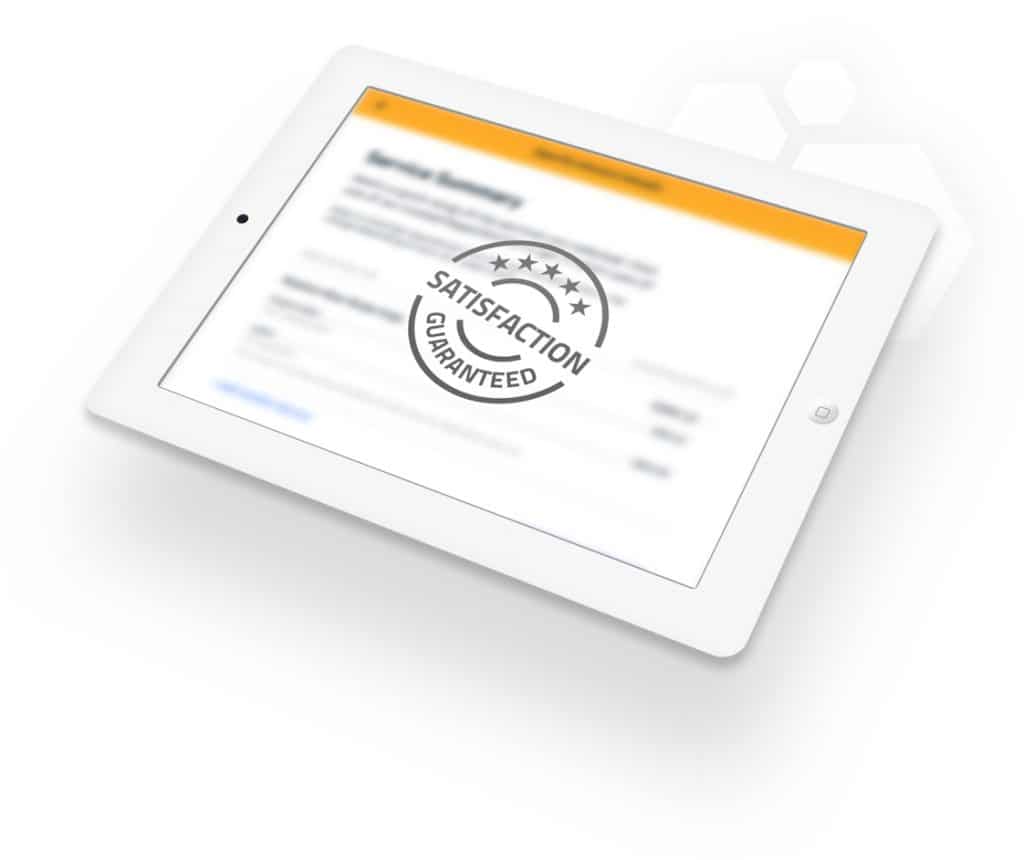
Highlighting the key trends to watch in 2021, report snapshots include:
- Contactless Everything: 2021 will see improvements in non-touch gestures and additional focus on voice assistants. Virtual assistants will be improved to respond to multiple people, remember previous utterances, ask clarification questions, and respond to users’ emotions. Adoption of digital wallets will expand in 2021.
- Remote Working Continues: As working from home becomes more permanent, employees face many UX issues that need to be addressed. We expect to see more innovative improvements in communication and collaboration platforms. This also applies to home-learning and virtual education, although with slightly different needs to the employment sector.
- Advancements in AR: 2021 will be a big step forward for augmented reality on smartphones and in vehicles. Upgrading to 5G in addition to the inclusion of LiDAR in smartphones, will result in a more compelling AR experience. 2021 will also bring in-vehicle AR head-up-displays (HUDs), providing more accurate and unique information, in addition to providing automated driving feature alerts.
- Big Tech in the Car: Several mass market vehicles are poised to be released with Android Automotive infotainment systems. Embedded Android infotainment systems reduce or eliminate the UX issues seen in mirroring systems. Easy access to streaming content will be a huge improvement over current systems.
Commented Chris Schreiner, report author and Director, Syndicated Research, UXIP, “How the pandemic has impacted consumers’ use of technology will have long-lasting consequences. The smartphone for example, will play a vital role in any return to normalcy by allowing contact tracing apps and digital “passports”, particularly pre mass-vaccination programs. Though, from the disproportionate effects of the virus on the elderly and their forced adoption of technology, to the push for contactless payments which may have previously been lagging, the way in which we use technology has changed, at times for the better, and will continue to impact how we use it in the future.”
Continued Schreiner, “But, 2021 will also bring significant progress for UX – more responsive virtual assistants, more compelling AR experiences, increased driver safety features through AR HUDs and the elimination of user pain-points with embedded Android infotainment systems.”
Added Kevin Nolan, VP, UXIP, “2020 has been extremely challenging for everyone in every aspect of life and there is a growing emphasis to design for social cohesion. As the world works to recover from the impacts of COVID-19, social media and the way we use technology have the opportunity to strengthen broken societal bonds.”